Introduction
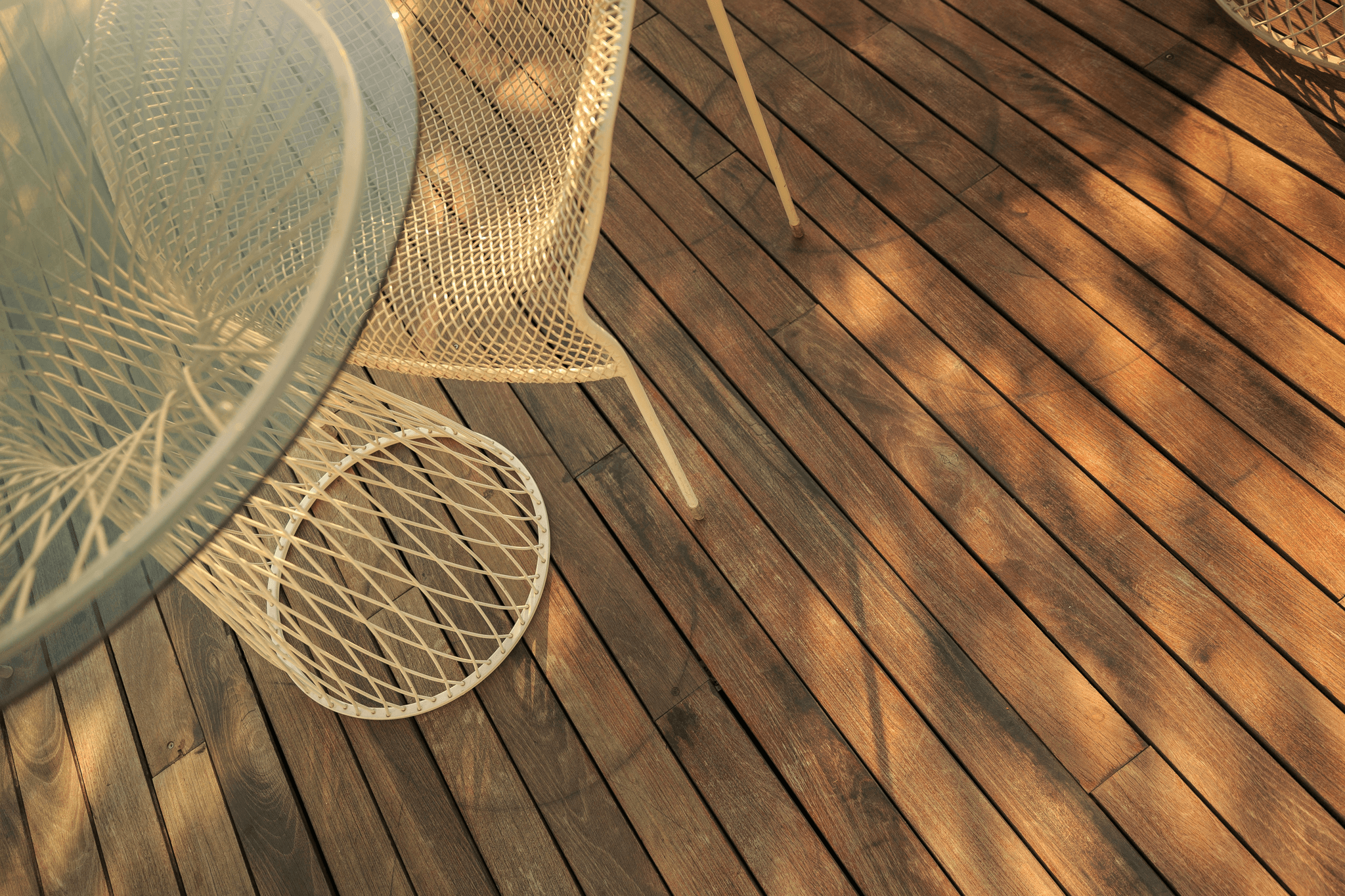
Each has its own unique characteristics and benefits, making the decision between cedar vs ipe decking a matter of personal preference, budget, and long-term goals. Whether you lean towards the classic charm of cedar or the luxury appeal of ipe wood, understanding these materials will help you select the right decking material for your outdoor oasis.
Cedar Wood: The Classic Choice
Cedar wood has long been celebrated as a classic choice for decking due to its natural beauty and aromatic scent. This softwood not only offers a warm, inviting look but also possesses inherent resistance to decay and insects, making it a reliable option for many homeowners. With its beautiful grain patterns and rich hues that can deepen over time, cedar provides an aesthetic appeal that complements various architectural styles.
Ipe Wood: The Luxury Upgrade
On the other hand, ipe lumber stands out as a premium choice in the world of decking materials. Known for its stunning color variations—from deep browns to rich reds—ipe wood is not just about looks; it's incredibly dense and durable too. This hardwood boasts an impressive lifespan and exceptional resistance to weathering, making it an ideal upgrade for those seeking longevity alongside beauty in their outdoor spaces.
Selecting the Right Decking Material
Choosing between cedar vs ipe decking ultimately depends on your specific needs and preferences. Factors like climate conditions in your area, budget constraints, and desired maintenance level should all play a role in your decision-making process. By weighing these elements carefully against what each material offers—whether it's cedar's classic charm or ipe's luxurious durability—you can confidently select the best decking material for your home.
Comparing Cedar and Ipe Decking
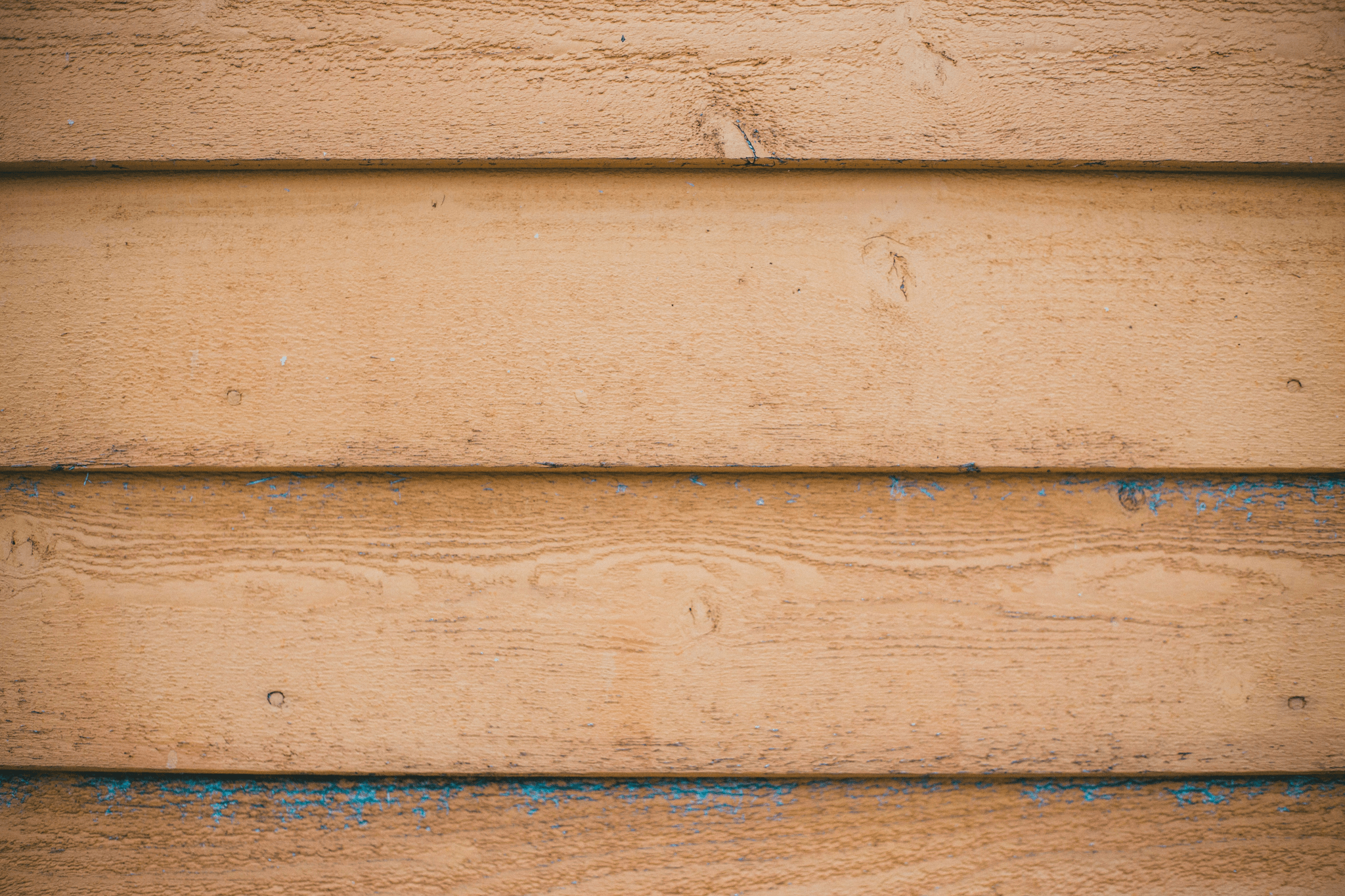
Characteristics of Cedar Wood
Cedar wood is well-known for its distinct aroma and beautiful reddish-brown hues that can add warmth to any outdoor space. This softwood is lightweight yet sturdy, making it easy to work with during installation while still providing a solid foundation for your wood deck. Additionally, cedar has natural resistance to moisture and insects, which contributes to its popularity as a decking material.
However, while cedar offers these advantages, it does require regular maintenance to preserve its appearance over time. The grain patterns in cedar wood are unique and can create an inviting visual appeal for any backyard setting. Overall, if you’re looking for a classic choice that combines beauty with functionality, cedar may be the way to go.
Benefits of Ipe Lumber
On the other hand, ipe lumber is often considered the luxury upgrade in the world of decking materials. Known for its striking dark brown color that can age beautifully into a silvery gray over time, ipe wood brings an air of sophistication unmatched by many alternatives. Furthermore, this hardwood is incredibly dense and durable; it’s resistant not only to rot but also to scratches and dents.
One significant benefit of using ipe decking is its impressive lifespan—often lasting 25 years or more with proper care—making it an excellent long-term investment for homeowners looking for longevity in their outdoor spaces. Additionally, because of its natural oils and density, ipe requires minimal maintenance compared to softer woods like cedar; simply cleaning it occasionally can keep your deck looking fantastic year-round. If you’re ready to invest in high-quality hardwood that stands the test of time while maintaining stunning aesthetics, then ipe lumber should be at the top of your list.
Cost Analysis: Cedar vs Ipe
When comparing costs between cedar vs ipe decking materials, there are notable differences worth considering before making your final decision. Generally speaking, cedar wood tends to be more budget-friendly upfront than ipe lumber; however, it's essential to factor in long-term costs associated with maintenance and potential replacements over time when evaluating overall value.
While initial prices may vary depending on local availability or specific grades chosen (clear grades versus common grades), investing in ipe decking could save you money down the line due primarily because fewer repairs will be needed throughout its lifespan compared to softer woods like cedar that might require more frequent upkeep or replacement sooner than expected due their susceptibility wear-and-tear from weather elements or foot traffic on your deck surface.
In conclusion—and as you weigh options between these two popular choices—consider both immediate expenses alongside future implications related longevity & performance when deciding which type suits best!
Aesthetics of Cedar and Ipe Wood
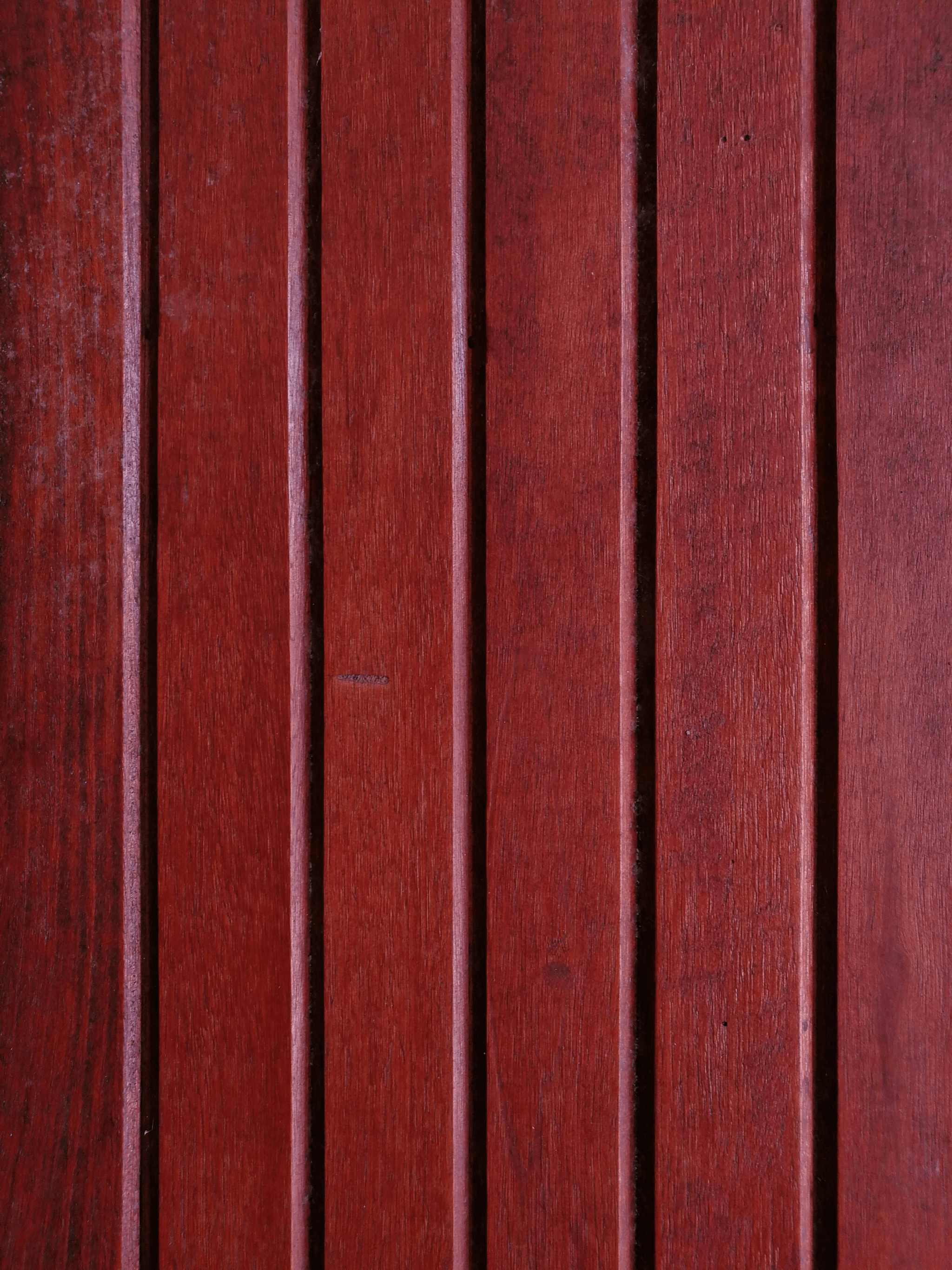
Natural Look of Cedar Decking
Cedar wood is renowned for its natural beauty, featuring a warm, inviting hue that ranges from light amber to deep reddish-brown. Its unique grain patterns add depth and character, making each cedar deck truly one-of-a-kind. Beyond its visual appeal, cedar’s aromatic scent enhances the outdoor experience, creating a cozy atmosphere perfect for gatherings or quiet evenings.
Additionally, cedar decking tends to age gracefully over time, transitioning into a soft silver-gray if left untreated. This weathered look can be appealing to those who appreciate a rustic charm in their outdoor spaces. For homeowners seeking an organic aesthetic that blends seamlessly with nature, cedar wood stands as a classic choice.
The Rich Color of Ipe Decking
In contrast, ipe wood boasts an opulent richness that commands attention with its deep brown tones and striking dark streaks. Often referred to as Brazilian walnut, ipe lumber offers an exotic flair that elevates any deck's appearance into something luxurious and sophisticated. This hardwood is not only visually stunning but also has a smooth finish that feels great underfoot.
Ipe decking's color can vary from chocolate brown to olive green shades depending on the cut and treatment process used during installation. Unlike cedar’s lighter hues, the darker palette of ipe lends itself well to modern designs while providing an elegant backdrop for outdoor furniture or landscaping features. For those wanting their deck to make a bold statement while enjoying durability in every plank, ipe wood is hard to beat.
Long-Term Appearance Maintenance
Both cedar vs ipe decking materials require maintenance if you want them looking their best over time; however, they differ in upkeep needs significantly. Cedar wood typically requires regular sealing or staining every few years to maintain its original color and prevent fading due to UV exposure. Without proper care, it can develop gray tones or even succumb to mold growth in humid climates.
On the other hand, while ipe lumber is naturally resistant to decay and insect damage thanks to its dense composition, it still benefits from occasional oiling or sealing for optimal longevity and color retention. Many homeowners choose not just aesthetics but also ease when selecting between these two options—cedar might demand more frequent attention compared with low-maintenance ipe decking solutions over time.
Ultimately choosing between these materials involves weighing your preference for beauty versus upkeep requirements—both will transform your outdoor space into something special!
Durability and Longevity of Decking Materials
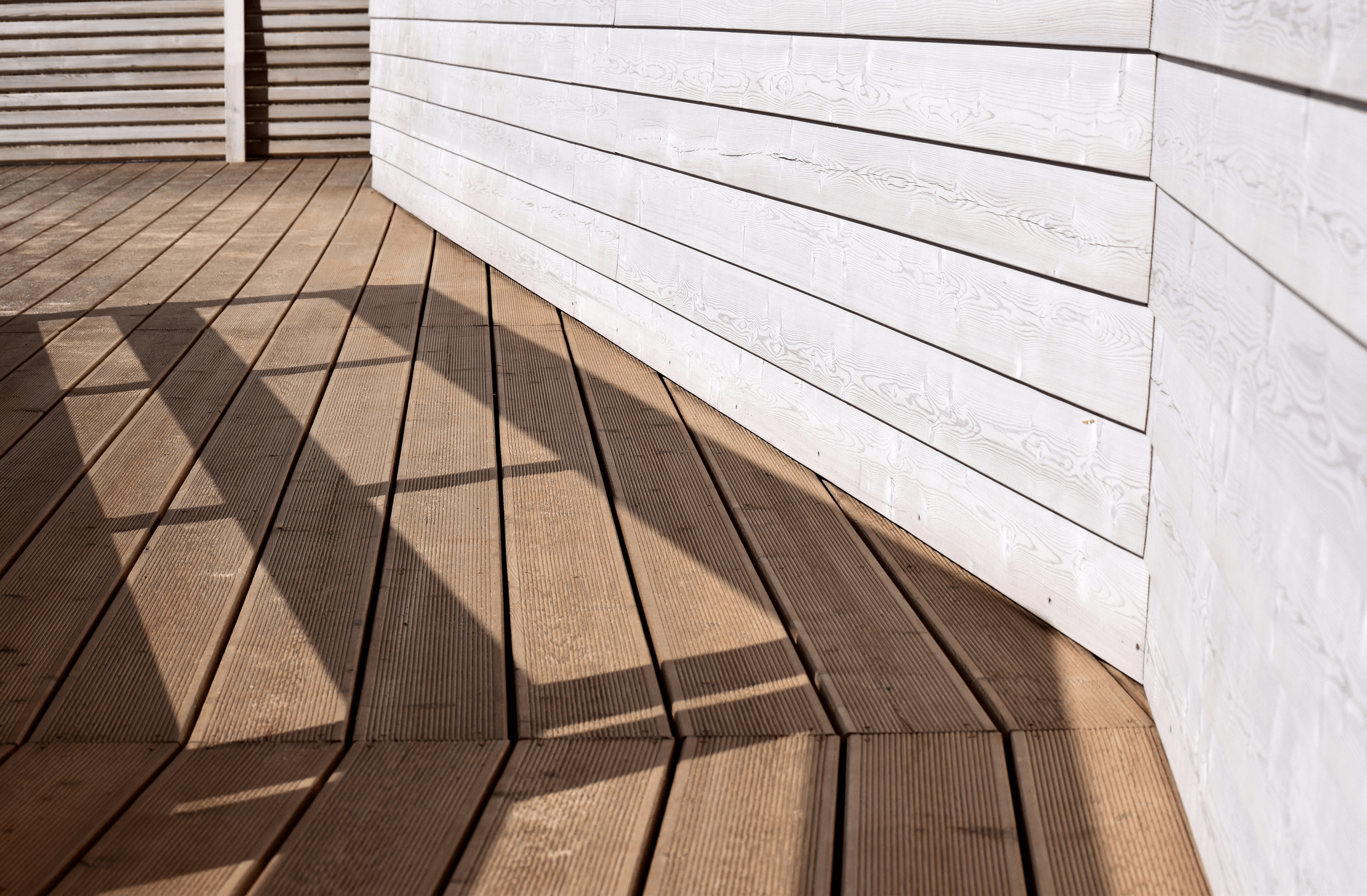
Cedar Wood Lifespan
Cedar wood is renowned for its natural beauty, but how does it hold up over time? Typically, a cedar wood deck can last anywhere from 15 to 20 years with proper maintenance. However, factors such as moisture exposure and UV rays can accelerate wear and tear, potentially shortening its lifespan if not cared for properly.
Ipe Wood's Resilience
On the other hand, when you think about resilience in the world of hardwood and lumber, Ipe wood takes center stage. Known for its incredible density, Ipe decking has a lifespan that can exceed 25 years—often reaching up to 50 years! This remarkable durability makes it a favorite among those looking for long-lasting outdoor solutions without frequent replacements.
Weather Resistance of Both Options
Weather resistance is another crucial factor in determining the longevity of your deck material. While cedar wood offers some natural resistance to decay due to its oils, it’s not immune to weather-related damage over time. In contrast, Ipe lumber boasts exceptional weather resistance; it withstands harsh elements like rain or snow without warping or splintering easily—making it an ideal choice for those living in extreme climates.
Maintenance Requirements for Cedar and Ipe
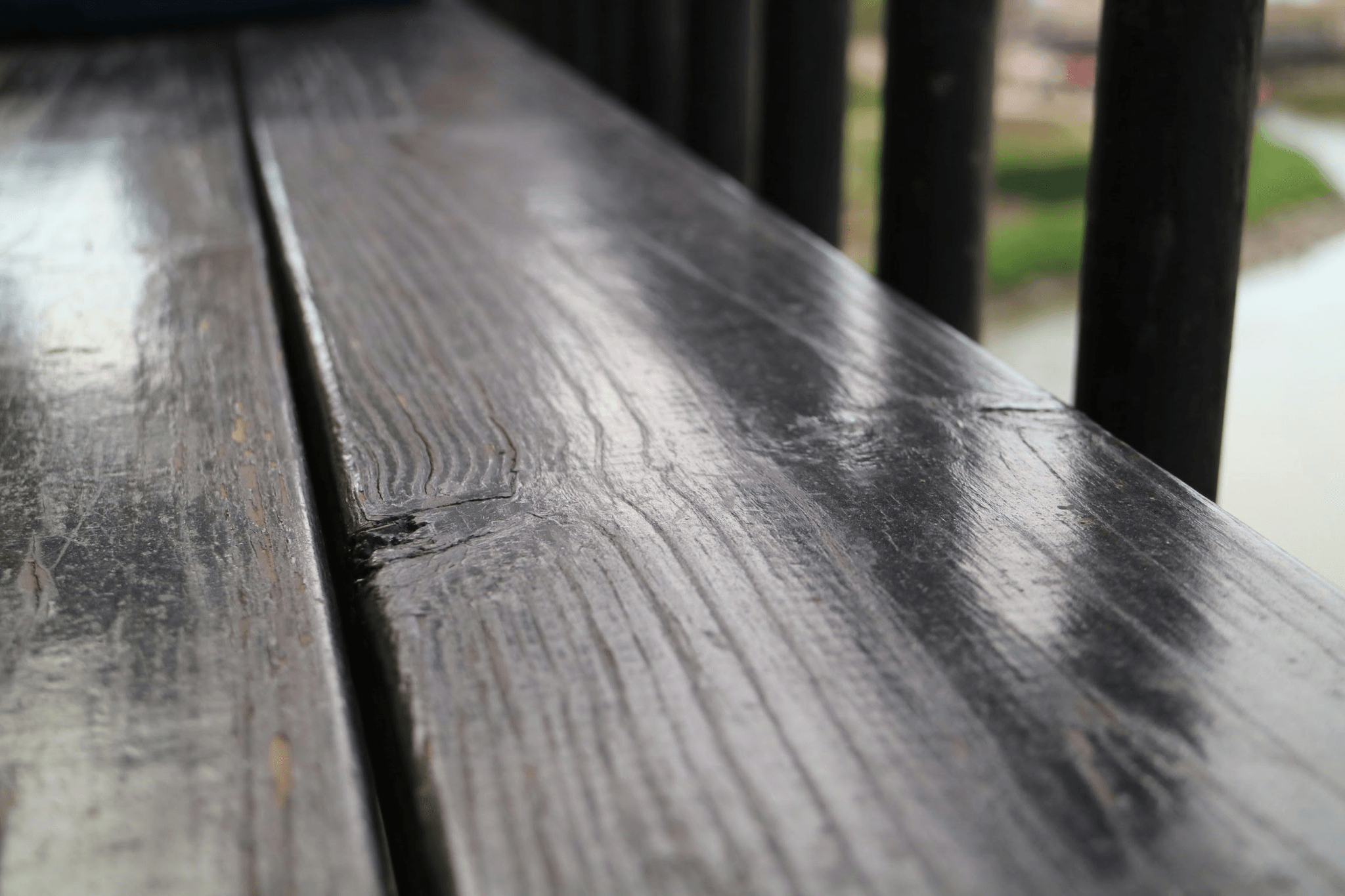
When it comes to maintaining your wood deck, both cedar and ipe decking have their unique requirements. Understanding these maintenance needs can help you prolong the life of your decking material while ensuring it remains visually appealing. Whether you choose cedar wood or ipe lumber, proper care is essential to keep your outdoor space looking its best.
Care Tips for Cedar Decks
Cedar wood is beloved for its natural beauty and resistance to decay, but it still requires regular maintenance to preserve its charm. To maintain a cedar deck, it's advisable to clean it at least once a year using a gentle detergent and a soft brush; this helps remove dirt and mildew that can accumulate over time. Additionally, applying a high-quality sealant every couple of years will protect the wood from moisture damage and UV rays, ensuring that your cedar vs ipe decking choice remains vibrant.
Another important aspect of caring for cedar decks is monitoring for signs of wear or damage. If you notice any loose boards or splintering areas, it's crucial to address these issues promptly to prevent further deterioration. Regular inspections combined with proactive cleaning will keep your cedar wood deck in top condition throughout the seasons.
Ipe Lumber Maintenance Best Practices
Although ipe decking is naturally resistant to insects and rot, it’s still important to wash it periodically with mild soap and water to remove grime buildup that can affect its appearance over time. Unlike cedar wood, which benefits from regular sealing, many homeowners opt for an oil finish on their ipe decking every few years; this enriches the color while providing protection against fading.
Another key point in maintaining ipe wood is understanding how weather impacts its hue. Over time, untreated ipe will develop a silvery patina as it ages; if you prefer the rich brown tones typical of fresh ipe lumber, regular oiling will be necessary. Ultimately, while both cedar vs ipe decking require attention, the methods differ significantly based on each material's inherent properties.
Long-Term Costs of Maintenance
Considering long-term costs associated with maintenance can play a pivotal role in deciding between cedar vs ipe decking options. Cedar decks typically require more frequent upkeep due to their susceptibility to moisture and UV exposure; this often translates into higher costs over time for cleaning supplies and sealants needed every couple of years. In contrast, while initial investments in ipe lumber may be higher than those for cedar wood decks, their longevity often results in lower overall maintenance expenses since they require less frequent treatment.
Moreover, when evaluating long-term costs related to repairs or replacements due to wear-and-tear on either type of decking material should also factor into your decision-making process regarding hardwood versus softer woods like cedar. While both materials have unique aesthetic advantages—cedar's warm tones versus the deep hues of ipe—understanding ongoing maintenance costs can help guide you toward making an informed investment in your outdoor living space.
Environmental Considerations
When it comes to decking materials, the environmental impact is a crucial factor that many homeowners are considering today. Both cedar wood and ipe lumber have their own sustainability stories, which can influence your decision in the cedar vs ipe decking debate. Additionally, alternative options like composite materials are gaining traction for those who prioritize eco-friendliness.
Sustainability of Cedar Wood
Cedar wood is often hailed as a sustainable choice due to its natural abundance and rapid growth rate. As a softwood, it can be harvested responsibly from managed forests without significantly impacting the ecosystem. Moreover, cedar's natural resistance to decay means it requires fewer chemical treatments, making it an environmentally friendly option for those looking for a wood deck wood that aligns with green building practices.
Ipe Wood Sourcing and Impact
On the other hand, ipe wood presents a more complex sustainability picture. Sourced primarily from tropical rainforests in South America, ipe lumber faces scrutiny regarding deforestation and habitat loss. While some suppliers adhere to sustainable harvesting practices, it's essential to ensure that your ipe decking comes from certified sources to mitigate its environmental impact and support responsible forestry initiatives.
Composite Decking Inc: An Eco-Friendly Alternative
For those torn between cedar vs ipe decking but wanting an environmentally friendly option, composite decking offers an attractive solution. Made from recycled materials like plastic and reclaimed wood fibers, composite decks minimize waste while providing durability comparable to hardwoods like ipe lumber. Partnering with companies like Composite Decking Inc ensures you get a product that not only looks great but also contributes positively to our planet's health.
Conclusion
In the great debate of cedar vs ipe decking, both materials offer unique advantages that cater to different needs and preferences. Cedar wood is often celebrated for its natural beauty and affordability, making it a classic choice for many homeowners. On the other hand, ipe lumber stands out as a luxurious upgrade with exceptional durability and resilience, perfect for those who prioritize longevity in their outdoor spaces.
Final Thoughts on Cedar vs Ipe Decking
When weighing cedar vs ipe decking, it's essential to consider what you value most in a wood deck: aesthetic appeal, maintenance requirements, or cost-effectiveness. Cedar wood's charming appearance can enhance any backyard while requiring regular upkeep to maintain its luster. In contrast, ipe wood's rich color and robust nature make it an attractive option for those willing to invest more upfront for long-term benefits.
Making Your Choice: Factors to Consider
Choosing between cedar wood and ipe lumber involves evaluating several factors including budget, climate conditions, and desired maintenance levels. If you’re looking for an economical yet beautiful option that fits well within a moderate budget, cedar might be your best bet. However, if you’re drawn to the idea of a stunning hardwood deck that withstands the elements with minimal care over time, then investing in ipe decking could be worth every penny.
Partnering with Composite Decking Inc for Solutions
For those still on the fence about cedar vs ipe decking or seeking an eco-friendly alternative, Composite Decking Inc offers innovative solutions that blend durability with sustainability. Their products provide the aesthetic appeal of natural wood without the high maintenance associated with traditional options like cedar or ipe lumber. By partnering with Composite Decking Inc, you can enjoy a beautiful outdoor space while minimizing your environmental impact.
